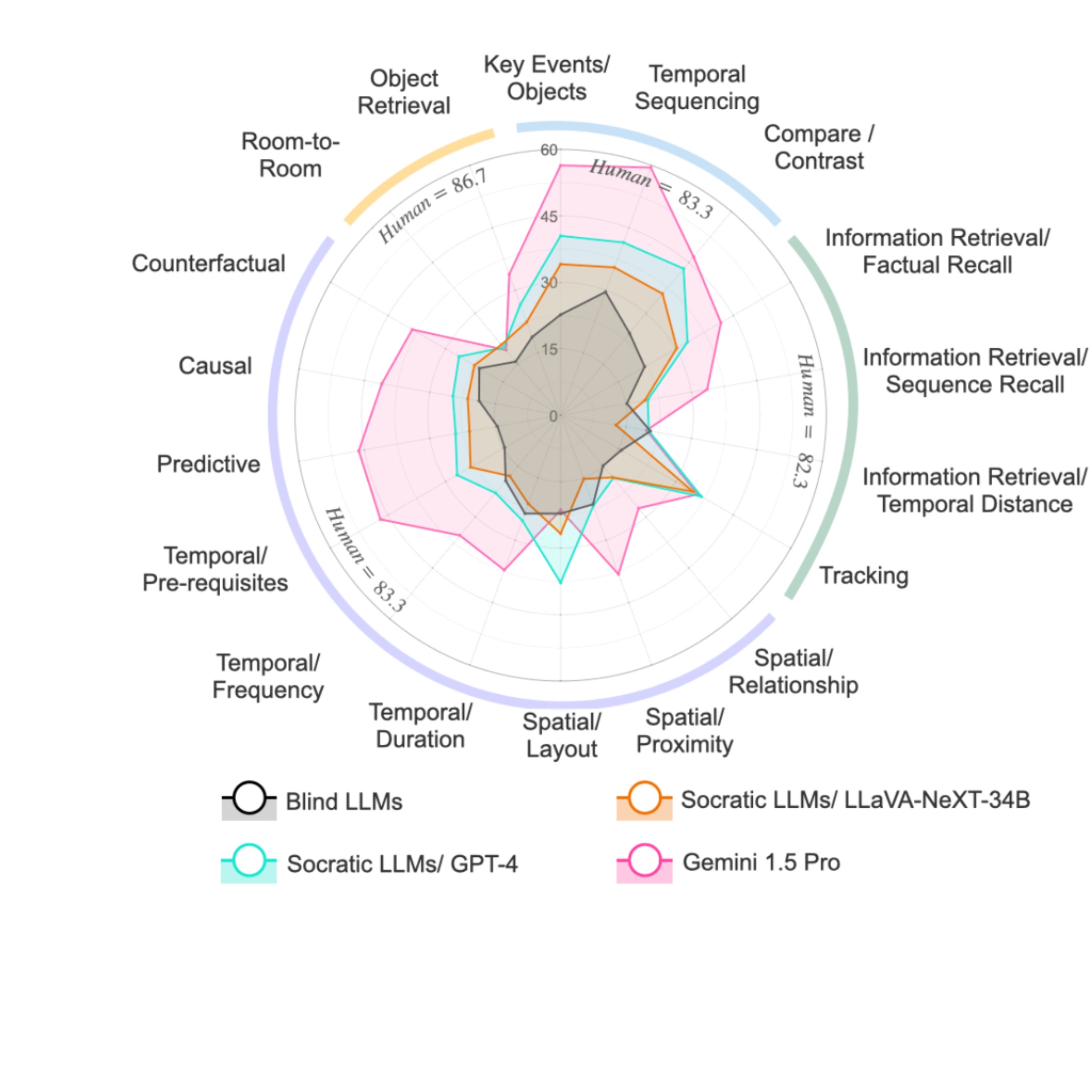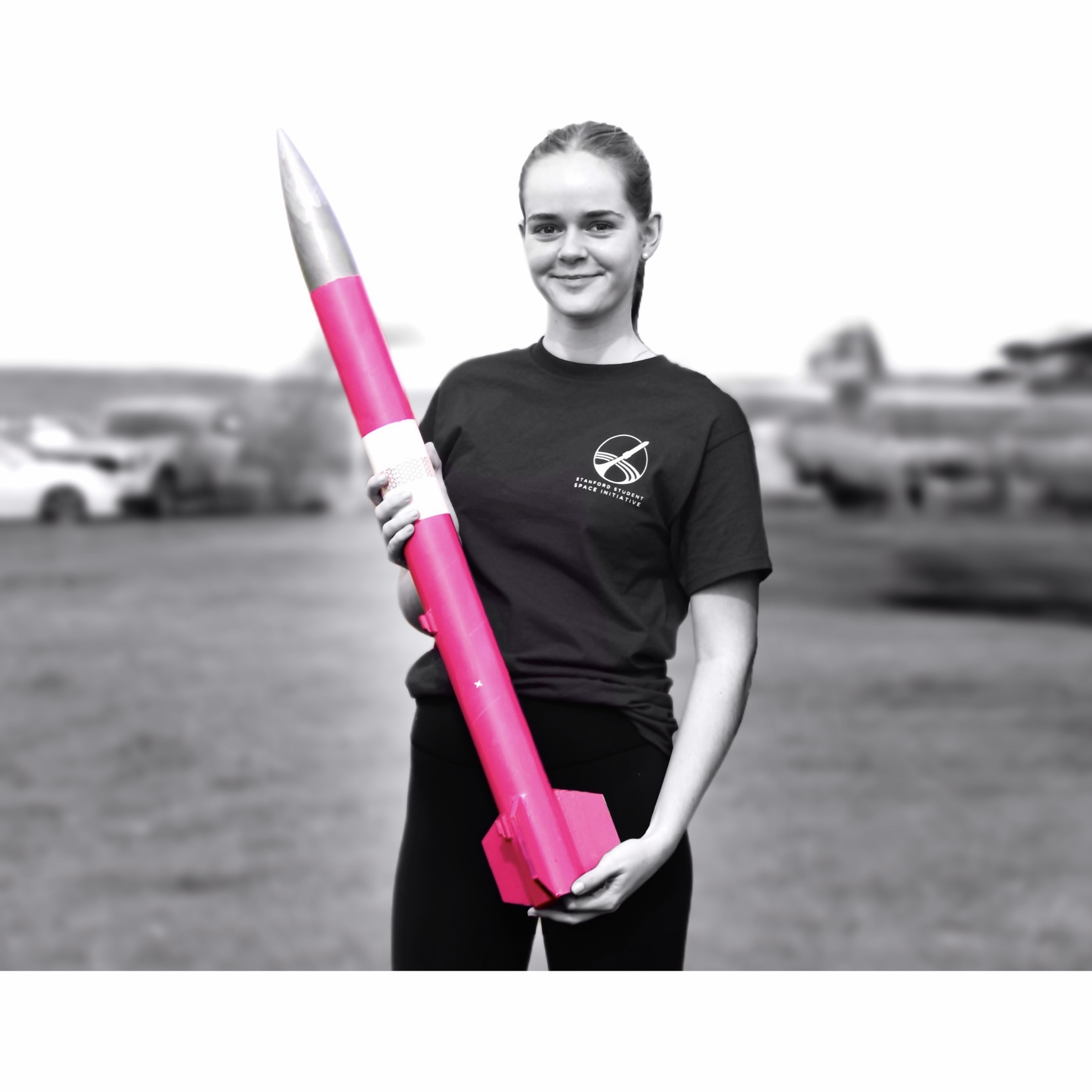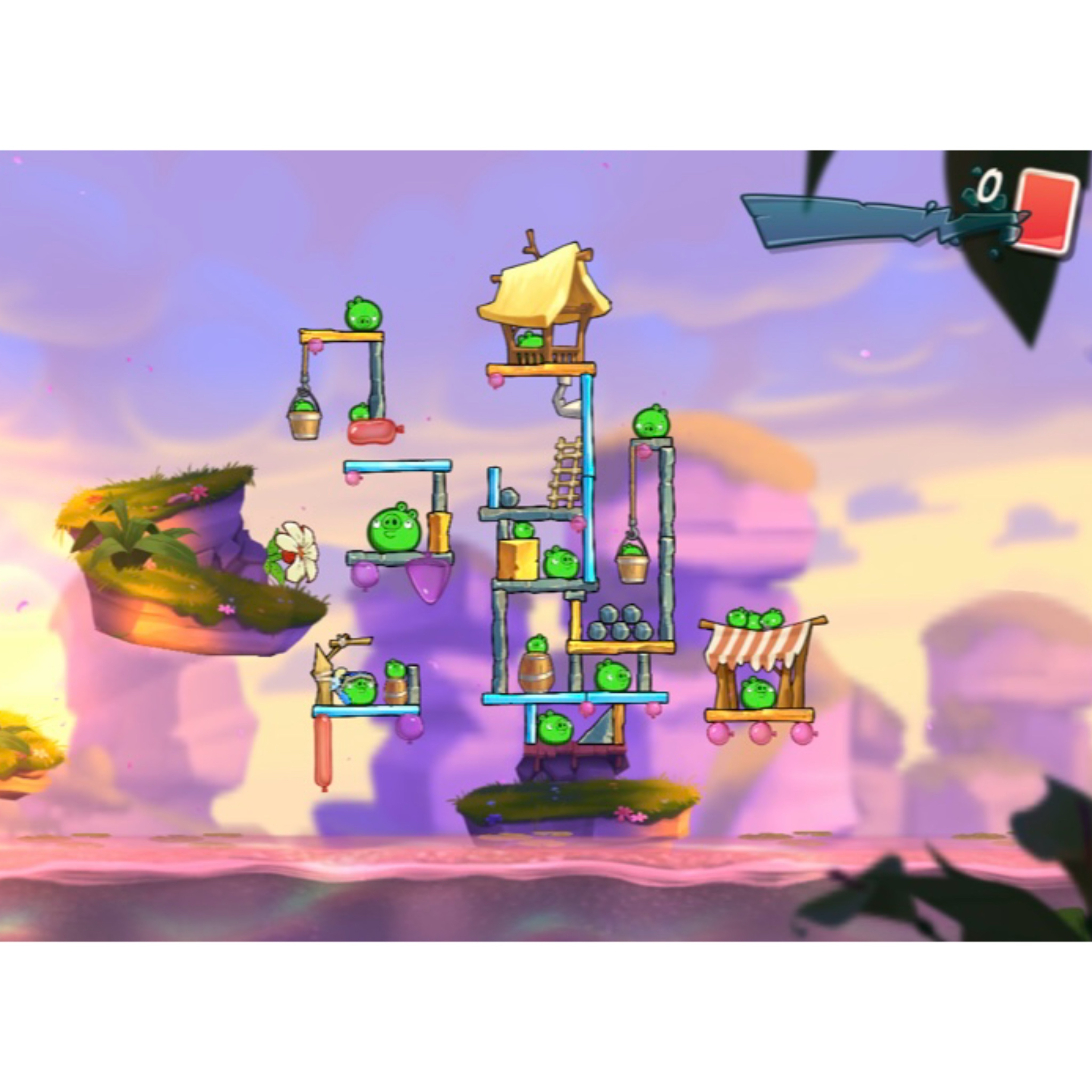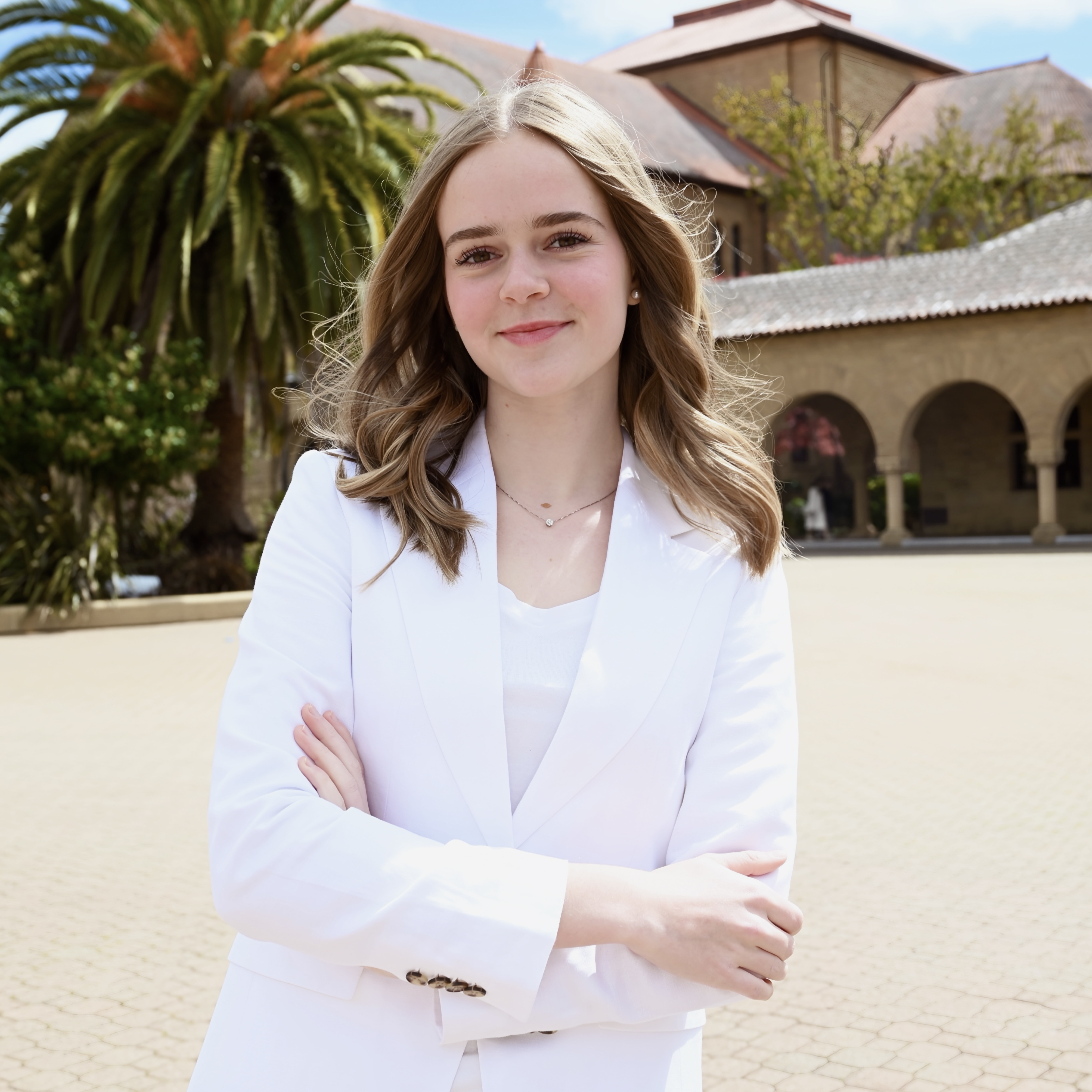Research Publications |
|
|
Exploring Diffusion Transformer Designs via Grafting
Keshigeyan Chandrasegaran, Michael Poli, Daniel Y. Fu, Dongjun Kim, Lea M. Hadzic, Manling Li, Agrim Gupta, Stefano Massaroli, Azalia Mirhoseini, Juan Carlos Niebles, Stefano Ermon, Li Fei-Fei NeurIPS, 2025 We introduce grafting, a method for redesigning diffusion transformers by editing pretrained models instead of retraining from scratch. By replacing key components like attention and MLP layers, grafted models retain high generation quality while using less than 2% of the original compute. This approach enables meaningful speedups (up to 1.43×) and even structural changes—making it a practical tool for efficient AI design. |

|
HourVideo: 1-Hour Video-Language Understanding
Keshigeyan Chandrasegaran, Agrim Gupta, Lea M. Hadzic, Taran Kota, Jimming He, Cristobal Eyzaguirre, Zane Durante, Manling Li, Jiajun Wu, Li Fei-Fei NeurIPS, 2024 HourVideo is a comprehensive benchmark dataset aimed at advancing the field of long context multimodal video-language understanding by incorporating tasks such as summarization, perception, visual reasoning, and navigation. It highlights substantial research gaps and provides critical insights for the development of more effective models in this domain of computer vision. |
|
|
The Climate Pocket: Tutorial on Building Fast Emulators in Climate Modeling
Björn Lütjens, Lea M. Hadzic, Dava Newman, Mark Veillette AGU, 2023 Decision-makers critically rely on climate models for setting climate policies, but these models require expensive supercomputers, making tasks like risk analyses costly. Machine learning offers a solution through 'emulators,' which can quickly predict outcomes by training on large datasets. This tutorial introduces an interactive climate emulator aimed to help Earth scientists adapt ML emulation techniques for their research and explore "what-if" climate policies. |
|
|
Theorizing Science-Civic Practices: Youth Adaptation and Remixing of Scientific Numeracies Within Digital Civic Media
Lynne Zummo, Emma Gargroetzi, Lea M. Hadzic Science Education, 2023 This study addresses the gap in understanding how youth engage civically using science, focusing on media production during the 2020 U.S. presidential election around climate change and COVID-19. We introduce the concept of science-civic practices, which describes how youth interweave multiple literacies to advance civic goals, emphasizing the importance of integrating civic engagement into science education. |
|
Uncovering Emotion in Youth Digital Civic Participation Around Climate Change: Entanglements of Fear, Despair, Anger, and Civic Practice
Lynne Zummo, Lea M. Hadzic Emma Gargroetzi Science Education, 2025 This study explores how emotion influences science-informed civic participation among youth, particularly around climate change during the 2020 U.S. presidential election. Through mixed-methods analysis of digital media, we identified patterns of fear and anger linked to civic empathy and critique, emphasizing the need to integrate emotional dimensions into science education to enhance youth engagement in science-related civic issues. |
Commercial Projects |

|
Advanced Urban Heat Island Analysis: A Comprehensive Sentinel-3 Methodology for Mitigation and Adaptation Strategies
Lea M. Hadzic Husqvarna Group Innovation Lab, 2024 Building upon the 2022 proof-of-concept, this solution presents a highly applicable, scalable, and advanced methodology for quantifying Surface Urban Heat Islands (SUHI) using Sentinel-3 Level-2 Land Surface Temperature (LST) data. By automating the retrieval, preprocessing, and analysis of temperature data across urban and rural boundaries, the program supports the development of effective urban heat mitigation and adaptation strategies. |

|
Quantifying Surface Urban Heat Islands: A Sentinel-3 Methodology for SUHI Analysis and Urban Climate Adaptation
Lea M. Hadzic Husqvarna Group Innovation Lab, 2022 This proof-of-concept project demonstrates a remote sensing methodology for calculating the Surface Urban Heat Island (SUHI) index, leveraging the European Space Agency's Sentinel-3 satellite data. It details the process of retrieving, preprocessing, and analyzing Level-2 LST data to assess SUHIs, providing a robust approach for urban heat analysis to enhance climate adaptation strategies. |
Other Projects |

|
L1 High-Power Rocket Engineering and Certification
Lea M. Hadzic Stanford Student Space Initiative, 2024 I independently designed, built, and launched an L1 high-power rocket—reaching altitudes over 2,500 feet with a motor impulse in the H-class range (226.0 N-sec). The successful flight included deploying the recovery system, ensuring a stable trajectory, and achieving safe recovery with no major damage. This accomplishment earned me an L1 HPR certification from the National Association of Rocketry. |
|
Real-Time Hurricane Disaster Response System with Remote Sensing and ML
Lea M. Hadzic MIT, BWSI - Remote Sensing for Disaster Response, 2022 I engineered a real-time hurricane disaster response system, integrating satellite data, machine learning, and neural networks in Python to predict storm impacts and support emergency management. The project involved geospatial data analysis, GIS, and image processing, leveraging real-world datasets to generate actionable intelligence. The final presentation demonstrated the system’s potential to enhance decision-making during critical disaster situations. |

|
Angry Birds 2: Innovative Game Element Design
Lea M. Hadzic Rovio Entertainment Corporation, 2020 As a Product Design Intern at Rovio's headquarters in Stockholm, I led the creation of new and innovative game elements for Angry Birds 2. These elements were successfully integrated and featured in the March 2020 update, enhancing player engagement and game dynamics. The work involved conceptualizing, designing, and iterating on game mechanics that aligned with the overall vision and user experience of the game. |
|
Source code from here. |
